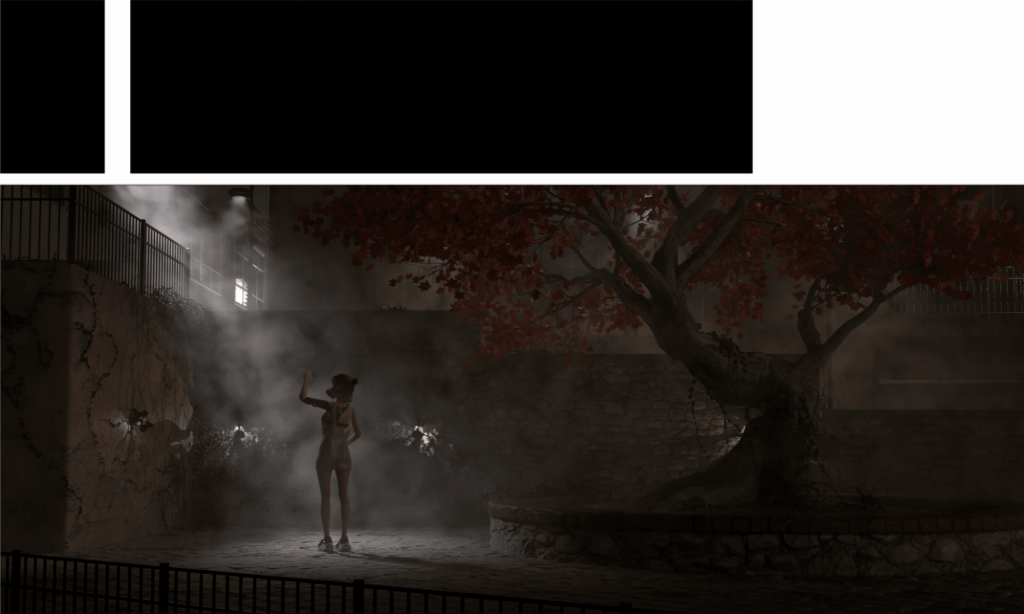This week we almost finished all the methods to remove markers. I will collect all methods by my own understanding and I won’t post some simple way that does not get a great result.
The first method I want to call the High and low-frequency method because this way of the principle is very similar to the PS. The way separate images into two parts by dividing node. One of them records the low-frequency information without detail only having colours and another one has high-frequency detail. Then only changing the high-frequency detail and combining them, we can get a nice result. There is a more advanced skill for fixing the high-frequency detail. I can transfer the original images a little to get similar detail instead of roto paint.
The second way is Roto paint which uses a patch directly to cover the marker. We have an advanced method to track each pixel, smart vector node. The node is different from the track node. the smart vector can analyze each pixel vector information in different channels for each frame. Then the VectorDistort node will transfer raw data of the vector to use by other nodes.

The third way is to fill pixels by unpremult node.

Except the third method is a little different principle from others, the main aim of methods is to cover the marker by other pixels in a specific frame, then track the position to cover the marker in the whole sequence. We use a different way to improve each workflow for saving time and reduce work pressure to avoid painting each frame.
Homework link
This sequence is not easy to track even I tried my best to adjust the colour to extract more contrast. Such as the picture below, the left line I want to divide the picture into two parts and one of the parts will keep colour, another one keep other information. Then I use rotopaint node to cover the marker shape and copy the marker transform position to the rotopaint node. However, the result is not perfect, because the specific marker in cheekbones has obviously changed of shadow and shape deformation. I combine another method to solve certain frames and mix them in end.

For the other 5 markers, I found that if I adjust all tracker positions and each error in different frames, will cost too much time. So I directly use a simple workflow to remove all markers like below. Although there are some node is different with what I learned in class, the principle is the same. I use rotoPaint3 to cover other markers frame by frame.

For adding a texture to the sequence, I directly use a texture and copy tracking information to it, then it works which can attach the face to move.

